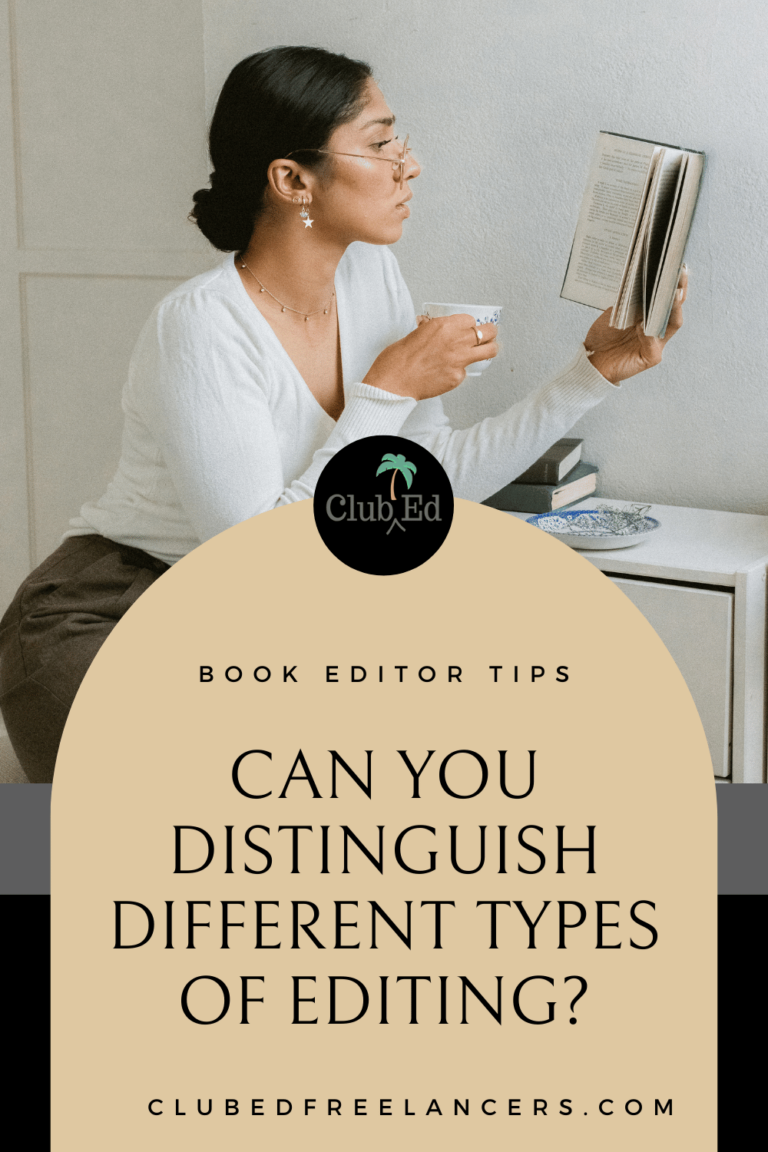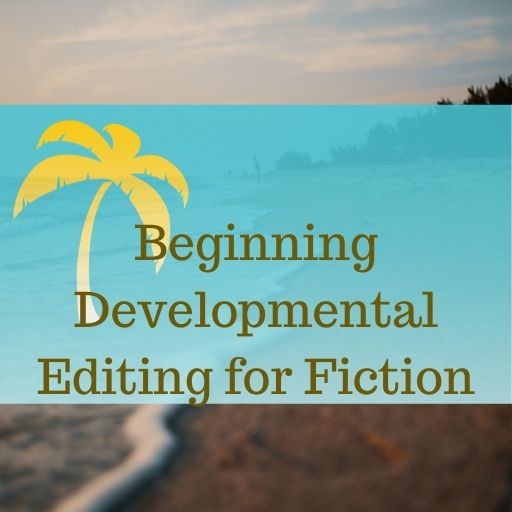How to use basic editing resources
If you’re interested in editing – whether copyediting or developmental editing – it pays to become used to a few basic editing resouces.
What’s Your Style?
Most of my clients have wanted me to follow The Chicago Manual of Style with some variations, and that is standard for book publishing, so it pays to become familiar with Chicago style. If you have indie author clients, you can let them know about this standard and explain that your edits will reflect it.
You should also be sure the client is aware of the dictionary you’ll be using (if your client is a publisher, they may have a preferred dictionary; invest in owning a copy yourself, whether in print or online).
The style manual is the main place you look to make decisions about how to edit the mechanics of a manuscript. Occasionally your client will prefer a different approach. For example, I have one client who basically follows Chicago but prefers to use no serial commas. Although that is contrary to Chicago, it’s what the client wants, so I do it. Variations like this are called the house style.
Which Dictionary?
Often you’ll consult the dictionary instead of or before you use the style manual. (Chicago prefers the most recent edition of Merriam-Webster, and that’s what I use unless a client has a different preference.) The reasoning is that the dictionary tells you specific things about a word that a style manual may not. For example, if you’re not sure which of several alternatives of the spelling of a word to use, the dictionary will always be the guide to go by. When there is more than one accepted spelling of a word, use the first entry in the dictionary.
In addition, you turn to the dictionary when you want to find out how to hyphenate a word or to learn whether a word is a closed or an open compound. Only when you cannot get an answer from the dictionary about these matters do you go to the style manual.
Using Usage Guides
A usage guide, such as Garner’s Modern American Usage, offers information on correct usage and it also gives examples of incorrect usage to help you see where the author you’re editing may be going wrong.
This is not to say that you should query every questionable word choice your author makes, just that when you feel the usage is incorrect (and therefore could be confusing to readers) a usage guide helps you ensure that you’re making defensible edits, not just getting on a soapbox about your pet peeves.
Classic usage guides include Follett’s Modern American Usage, Fowler’s Modern English Usage, Bernstein’s The Careful Writer, and Skillin and Gay’s Words Into Type. Browsing these guides at the library can be a very educational use of a Saturday afternoon.
One of the most valuable uses for Garner (or other usage guides) is to verify the correct expression of phrases. I cannot tell you how often I encounter incorrect phrases such as “tow the line” for “toe the line” and “in the throws of” for “in the throes of.” A quick glance at Garner will verify if an edit is in order.
Note that a few common misuses of phrases include “could care less” for “couldn’t care less,” and “piece of mind” for “peace of mind.”
When Resources Conflict
What happens when two references are in conflict? This happens more than you would think: editors can’t even agree on how to spell the word copyediting (thus we also have copy-editing and copy editing).
Here are the steps I suggest taking.
First, consider the client and their overall preferences. In book publishing, the standard style guide is Chicago. It doesn’t matter what the Associated Press thinks about serial commas. Book publishing goes by Chicago, and that’s that. Similarly, we use Merriam-Webster. It doesn’t matter if a different dictionary would hyphenate a certain word whereas M-W closes it up. You use M-W.
Next, consider what the house style guide prefers. If an organization has gone to the trouble of creating a style guide, that means they have specific preferences and reasons for those preferences. So go by what the in-house style guide prefers.
Finally, consider that in nearly all cases of conflicts, we’re talking about preferences and opinions, not facts. So, be open to taking the path of least resistance. Your client wants it that way? Fine. You can live with that. Defaulting to what the author has done is common. Just make sure you apply the choice consistently. So, if the author mostly uses open em dashes, then you would just make sure all the em dashes are open, even though Chicago wants them closed.
However, sometimes your client is, plainly, wrong. What do you do then? First, you need to be certain beyond the shadow of a doubt that your client is actually wrong. Many people think they know an answer, but when they try to prove it, using references or expert opinions, find they can’t. They formed a preference that for some reason they came to believe was a fact.
Once you’ve verified that your client is wrong, you can point out whatever information you have that supports doing things your way. But you may also want to consider whether it’s a matter worth fighting over.
I have found that if you are flexible in most things, you are more likely to be listened to when you have an objection about something important. Remember, no matter what, to always be courteous and diplomatic. It is, after all, the author’s work and the client’s final responsibility. Do your best and learn to let go.
Join the Club!
New to story editing? Begin at the beginning.






